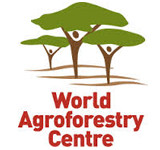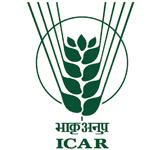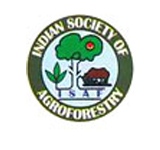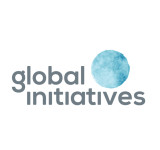
Vigyan Bhavan & Kempinski Ambience
10 - 14 February 2014
Delhi, India
blog
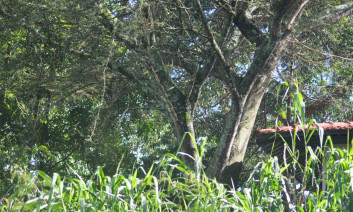
The word ‘Acacia’ returns about 25 million results from an online search. The same genus name, entered in the newly launched Agroforestry Species Switchboard, produces a list of the 629 species names containing ‘Acacia’, easily navigable with links to further information from over a dozen globally renowned databases. Acacia are among the 22,212 useful tree, shrub and related plant species listed searchable from this new information gateway on the World Agroforestry Centre (ICRAF) website.
“The Switchboard’s main strength is that it shortens the time and energy spent on searches, and generates quality information drawn from trusted sources,” says Roeland Kindt, the senior ecologist at ICRAF who led the development of the tool. “Its creation was driven by a need expressed by users, for a “one-stop-shop” for good quality and detailed information on species of interest,” says Kindt.
The work was funded by the CGIAR Research Program on Forests, Trees and Agroforestry, and during the development of the tool, most of ICRAF research divisions, known as Science Domains, were involved.
The 13 websites the Switchboard links to include The Plant Resources for Tropical Africa, The Useful Tree Species for Africa, Tree Seed Suppliers Directory, The UNEP-WCMC Species Database, and The VECEA interactive vegetation map. In addition to directly harnessing information from these 13, the switchboard also provides hyperlinks to The Plant List, Tropicos, Royal Botanic Gardens, Kew, and The Global Biodiversity Information Facility.
“Before the Switchboard, you had to search for a particular species one database at a time. But now, multiple databases that list information on a particular species can be accessed in one go,” says Kindt.
“Because listings of species in databases only partially overlap, it is common to find little or no information on a particular species in one database, but plenty of it in a second or third database. So it makes sense to query multiple trusted sources of data on one web interface,” he states.
By harvesting information in this way, the user can find out detailed descriptions on a particular species, its uses, availability of its seed and seedlings, how suitable it is for growing in various ecological zones, as well as its photographs or line drawings.
Read article here


